As summer surrenders its grip and autumn tiptoes in, September is a month of transition in the garden. This transitional period invites both challenges and opportunities for gardeners across various climates.
Let’s explore how to make the most of this gorgeous month filled with blooming colors, tasty harvests, and preparations for the months ahead.
Assessing the End of Summer
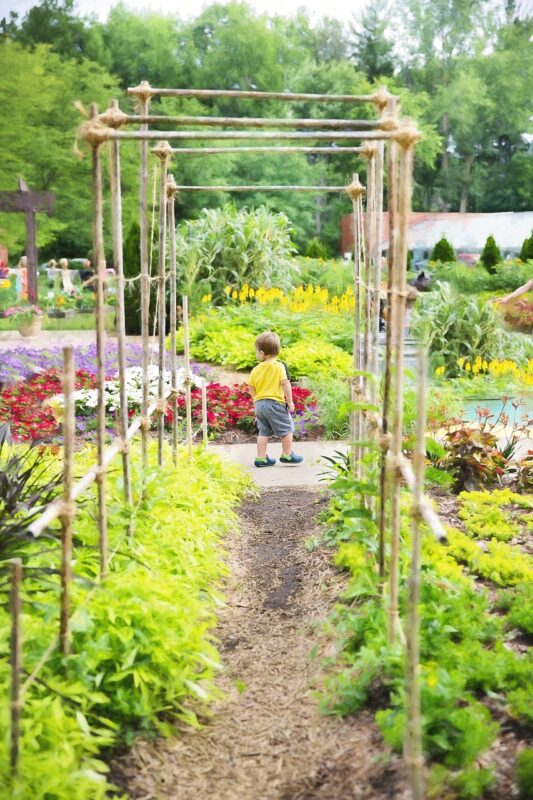
Before diving into proactive planning for your September garden, take a moment to assess your summer success. This is an excellent time to evaluate what has thrived and what has not in your garden. Focus on the following points:
Inspect Your Plants
Take a stroll through your garden to observe the health of your plants. Are your annuals showing signs of fatigue, while the perennials stand strong? Note which plants have performed well, enabling you to plan for next season. Consider keeping a garden journal where you can jot down plant names, their locations, blooming times, and overall performance. This can be invaluable for planning future gardens.
Remove Debris
Clearing out spent blooms and dead plants prevents pest infestations and disease in the garden. Removing any diseased foliage is crucial to ensuring the remaining plants stay healthy. Compost what you can, as long as it’s not diseased, and enrich your soil for future planting.
Planting for Autumn Color
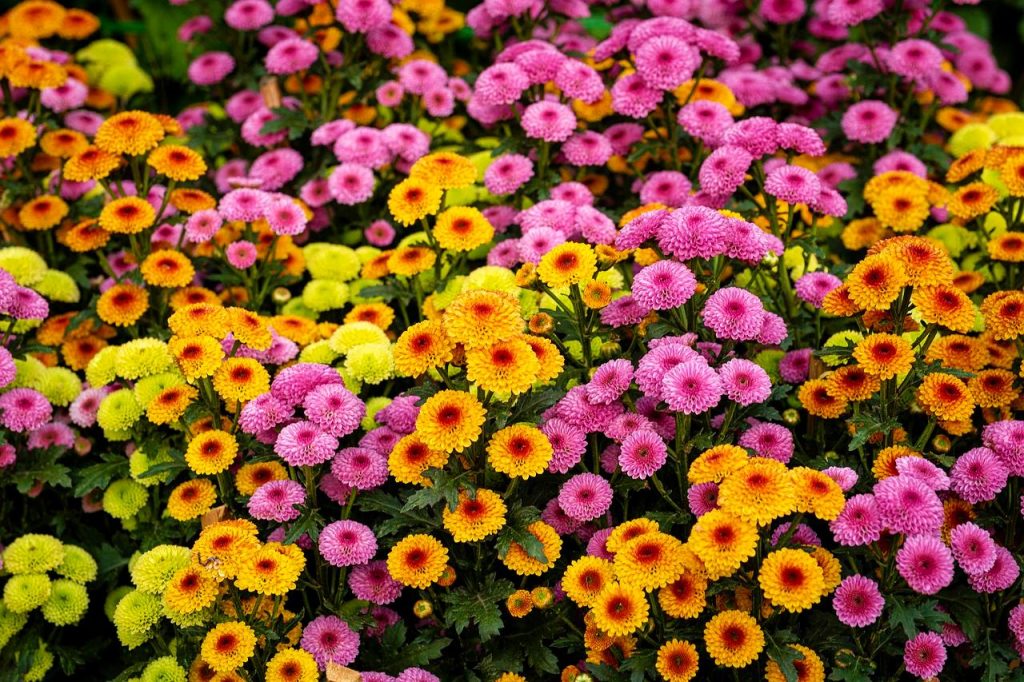
September is an ideal time to enrich your garden with plants that will provide vibrant color as the seasons transition. Autumn is well-known for its warm hues, so consider the following plants to invigorate your space:
Mums and Asters
Chrysanthemums and asters are iconic autumn flowers that bring bursts of colors ranging from deep purples to fiery reds. Planting these hardy perennials in September allows them to establish their roots before the frost. Mums can be nestled into pots or planted in the ground, while asters can bring texture and visual interest through their sprawling growth.
Ornamental Grasses
Adding ornamental grasses provides not only color but also texture and movement to your garden. Varieties like Miscanthus or Panicum thrive in the cooler months and introduce intriguing shapes and sways as the autumn breeze picks up. Their feathery plumes catch the light beautifully, enhancing the aesthetic quality of your garden.
Extending Your Harvest
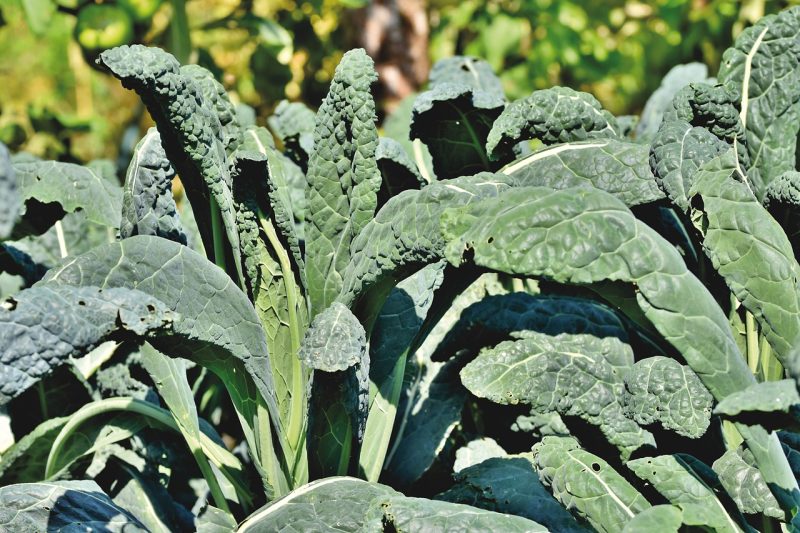
For many, September signifies the bounty of summer’s labor. It’s the perfect time to celebrate your harvest while also preparing for a continuation of your garden’s productivity. Here’s how to make the most of your yield:
Late Summer Crops
In many regions, late summer crops such as tomatoes, peppers, and squash are at their peak. Keep the harvest coming by providing support with stakes or structures that allow your plants to flourish. You can extend the harvest time by mulching around the base of your plants, which helps retain soil moisture and regulates temperature.
Fall Planting
Consider sowing fall crops such as kale, spinach, and radishes. These cool-weather crops can be sown now to enjoy a fresh harvest before winter arrives. Many of these crops can actually improve with a light frost, making September the perfect planting time.
Succession Planting
Engage in succession planting by introducing new rounds of crops. For example, if you’ve recently harvested beans, consider replanting the same bed with a fast-growing, cool-weather crop. This way, you maintain a fruitful garden and reduce gaps in your planting schedule.
Preparing for Spring
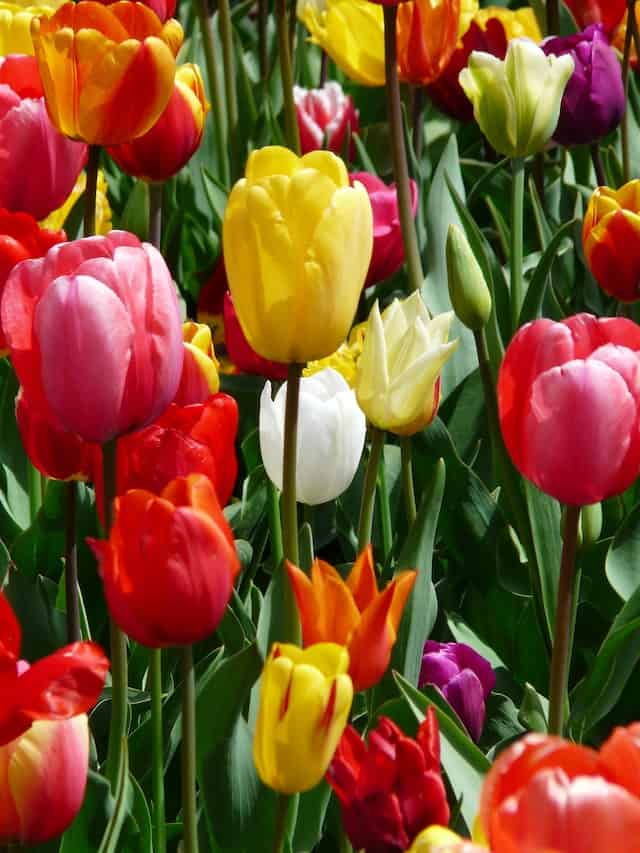
While September is firmly aligned with the autumn transition, preparing for the upcoming spring season should not be overlooked. This forward-thinking approach will reward you when the warmer months return:
Bulb Planting
Now is the time to plant spring-flowering bulbs such as tulips, daffodils, and hyacinths. These hardy plants need to be nestled in the ground before the first frost. Select a variety of bulbs to create a colorful display come spring, and include different blooming periods to extend the flowering season.
Soil Amending
As you prepare for your fall and spring plantings, consider testing your soil and amending it as needed. Adding compost or organic matter can enrich your soil structure and enhance its fertility, setting the stage for stronger future plantings.
Attracting Wildlife
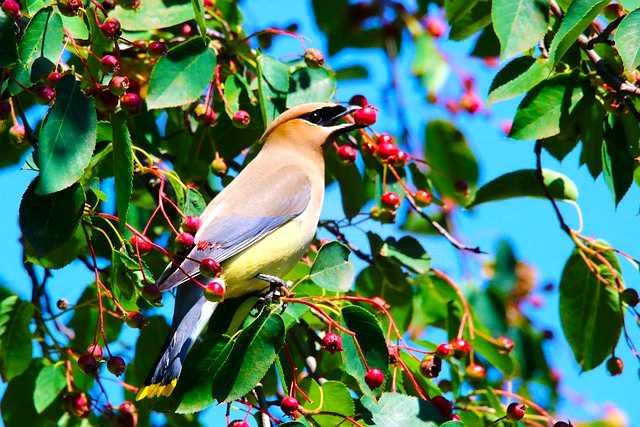
September is also a great time to think about the ecosystem within your garden. Creating a habitat for local wildlife not only helps the environment but enhances your gardening experience.
Building a Bird-Friendly Environment
Birds can be beneficial for pest control and pollination. Invite them into your yard by providing feeders, birdbaths, and suitable shelter. Planting native species that produce berries or seeds as a food source can be particularly appealing to avian visitors.
Pollinator Gardens
Installing a pollinator-friendly garden not only beautifies your space but helps local ecosystems. A variety of native flowering plants will attract bees, butterflies, and other pollinators that are crucial for plant reproduction. September is the right time to plant some wildflower seeds or other plants that provide a late-season nectar source.
Harvesting for Culinary Delights
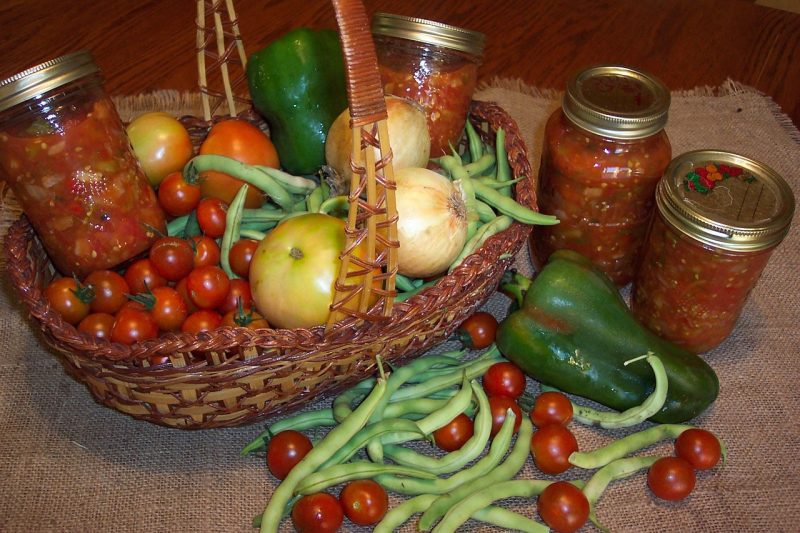
With the harvest in full swing, take advantage of this month’s potential in your kitchen. There’s nothing tastier than eating fresh, organic produce straight from your garden. Here are some ideas to inspire your culinary adventures:
Preserving Supplies
Start thinking of ways to preserve your bountiful harvest. Canning, freezing, or dehydrating fruits and vegetables can help you enjoy the flavors of summer year-round. Consider making homemade sauces, jams, or even pickles to relive those summer tastes during the cold months.
Garden-to-Table Recipes
Focus on incorporating your freshly harvested produce into your meals. Think about creating vibrant salads from your garden greens, roasting squash, or whipping up delicious smoothies with berries. Engaging family or friends in cooking can also transform this into a seasonal celebration.
Lawn Care Essentials

While your garden is a centerpiece in September, remember that your lawn also requires attention. As the growing conditions shift, you need to adjust your lawn care practices.
Aeration
If your lawn exhibits compacted soil or poor drainage, undertake aeration to improve root health. Aerating your lawn helps relieve compaction and allows nutrient, water, and oxygen to penetrate deeper into the soil where roots can utilize them.
Overseeding
September is a prime time for overseeding a lawn. This practice promotes a thicker, healthier lawn and helps combat weeds. Choose appropriate seeds for your region and spread them evenly across your existing lawn.
Cultivating a Cozy Ambiance

As the weather begins to cool down, September is a perfect time to create a warm and inviting atmosphere in your outdoor space. Here are some ideas to enhance your garden’s appeal for the fall:
Outdoor Decor
Incorporate elements like pumpkins, hay bales, or fall wreaths to accentuate the seasonal change. Consider adding cozy seating areas with blankets and pillows to create a welcoming space for gatherings or solitary evenings under the stars.
Fire Pits and Outdoor Lighting
If you enjoy entertaining or relaxing outside, a fire pit can add warmth and a focal point for the evenings. String lights and lanterns can also create an enchanting atmosphere, providing illumination to enjoy your outdoor space after the sun goes down.
Preparing for Winter
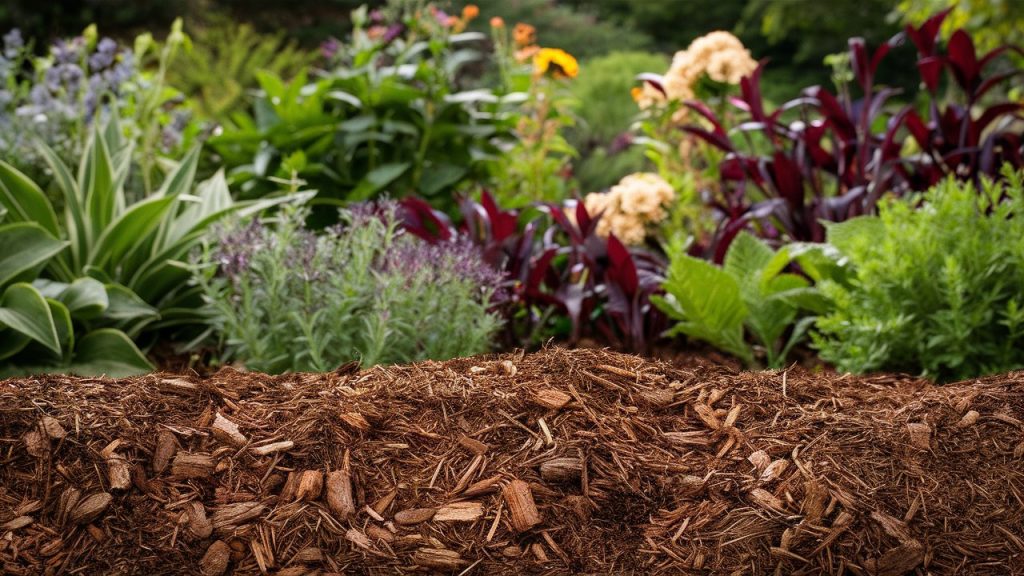
As you revel in your September garden, don’t forget to consider the future. Preparing your garden for winter involves several strategies that can protect your plants and ensure success when spring arrives.
Mulching
Applying mulch to your flower beds and around trees can provide insulation for plants during colder temperatures. This practice helps regulate soil temperature, prevents weed growth, and retains moisture. Use organic mulches like straw or shredded bark for added benefits.
Garden Clean-Up
Give your garden a thorough fall clean-up, removing plant debris and dead leaves. Compost what you can, and consider planting cover crops to protect the soil and improve its health over the winter.





